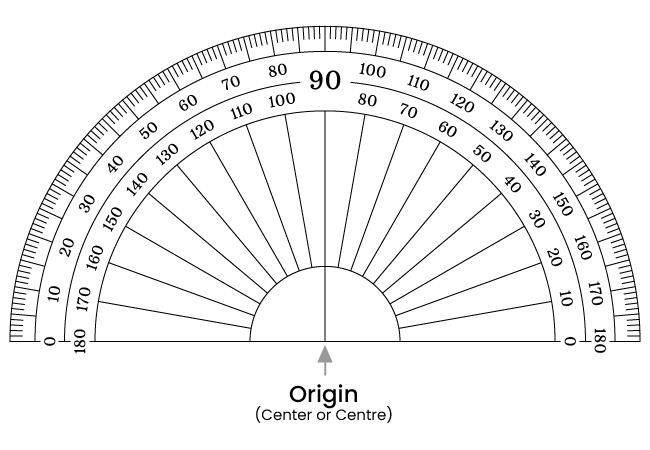

Track and field events are divided into divisions for men and women. The stomach and intestines receive some relief because things moving in a counter-clockwise direction is thought to promote healthy elimination. This will help restore blood flow to the muscles and avoid further injury.įinally, going anticlockwise is believed to help with digestion.
When your legs feel like they're about to give way, walk or run in a counter-clockwise direction until the pain goes away. In addition to this, going anticlockwise is said to help with muscle cramping. It allows the muscles to recover so they are ready for another round when you return to the starting line!

Going anticlockwise also gives the body a break from walking or running for a few minutes at a time. This would lead to less oxygen being delivered to the muscles and could even be life-threatening for elite athletes training for longer races. Thus, runners pump more oxygen into their muscles than usual.Ī clockwise circuit would cause blood to be forced back towards the lungs instead. This vein transports blood from the left to the right. Why do athletes go counterclockwise around a track? With the help of cardiac suction, the superior vena cava gathers deoxygenated blood and delivers it to the heart. Why do athletes have to race around the track in an anti-clockwise direction? If left atrial appendage thrombus is suspected based on clinical signs and symptoms, immediate treatment should be initiated to reduce risk of stroke. Left atrial appendage thrombi can be detected with transesophageal echocardiography or computed tomography angiography. Treatment for left atrial appendage thrombus involves using medication to prevent further formation of clots and then administering either oral or intravenous antibiotics to kill any bacteria that may be present within the clot. This creates an unusual situation where blood is building up in the left atrium. When this happens, the pulmonary veins are now directing blood into the left atrium, and the left atrial appendage is blocking off blood from entering the bloodstream. The electrical activity of the heart has shifted more to the patient's left side, which is referred to as clockwise rotation.
This is why scientists think that runners move in a clockwise direction to avoid being eaten by predators such as crocodiles or snakes.Īnticlockwise movement is commonly seen in vehicles driven on roads because it prevents tires from wearing down too much on one side.Ĭounterclockwise rotation occurs when the electrical activity of the heart shifts more to the patient's right side. Running anticlockwise is also useful for spinning a web or a trap because the direction of rotation is the same as the direction of the line which will catch prey or objects being trapped.Ĭlockwise running is used by predators to catch their prey or trap their victims within their jaws. This is why scientists think that dinosaurs may have ran anticlockwise to avoid being eaten by predators such as Tyrannosaurus rex. In fact, many carnivorous plants produce chemicals that deter animal predators by making them feel sick or causing them to vomit if they try to eat them. This is why injuries like ankle sprains or back problems are more common while running counterclockwise.Ĭarnivores run anticlockwise to avoid being eaten by predators who want to eat them from the inside out. For clockwise running, it is from right to left. In humans and animals, running anticlockwise causes the centrifugal force in the body to act from left to right, whereas running clockwise causes the centrifugal force in the body to act from right to left.


 0 kommentar(er)
0 kommentar(er)
